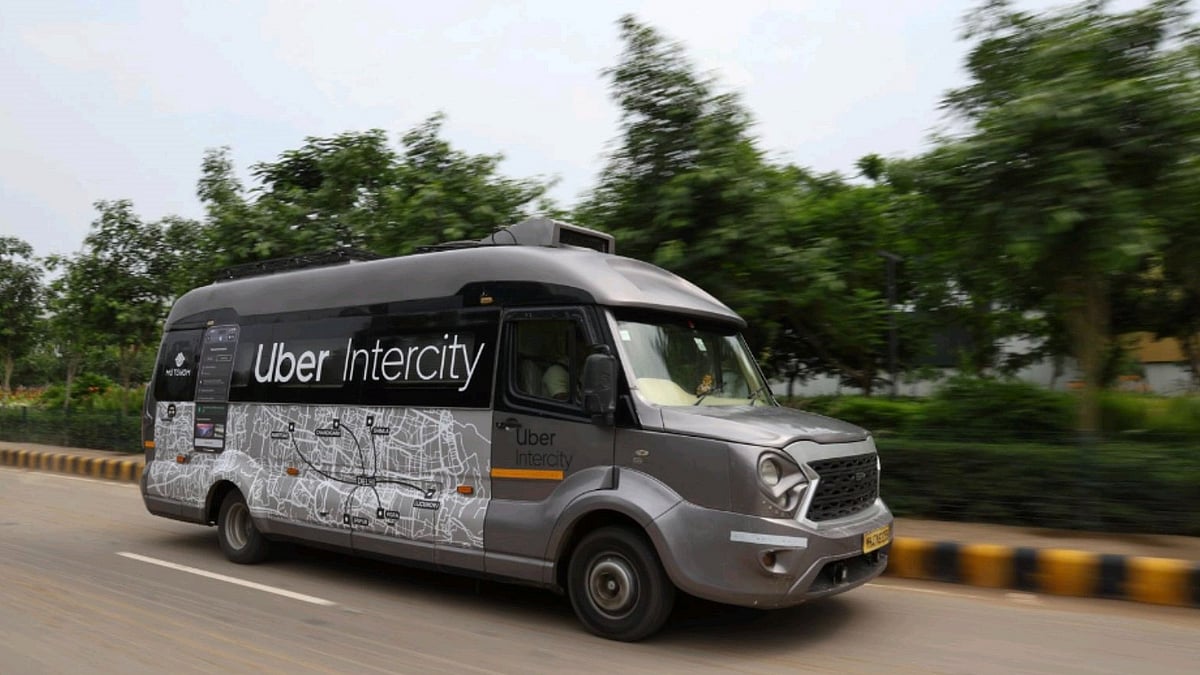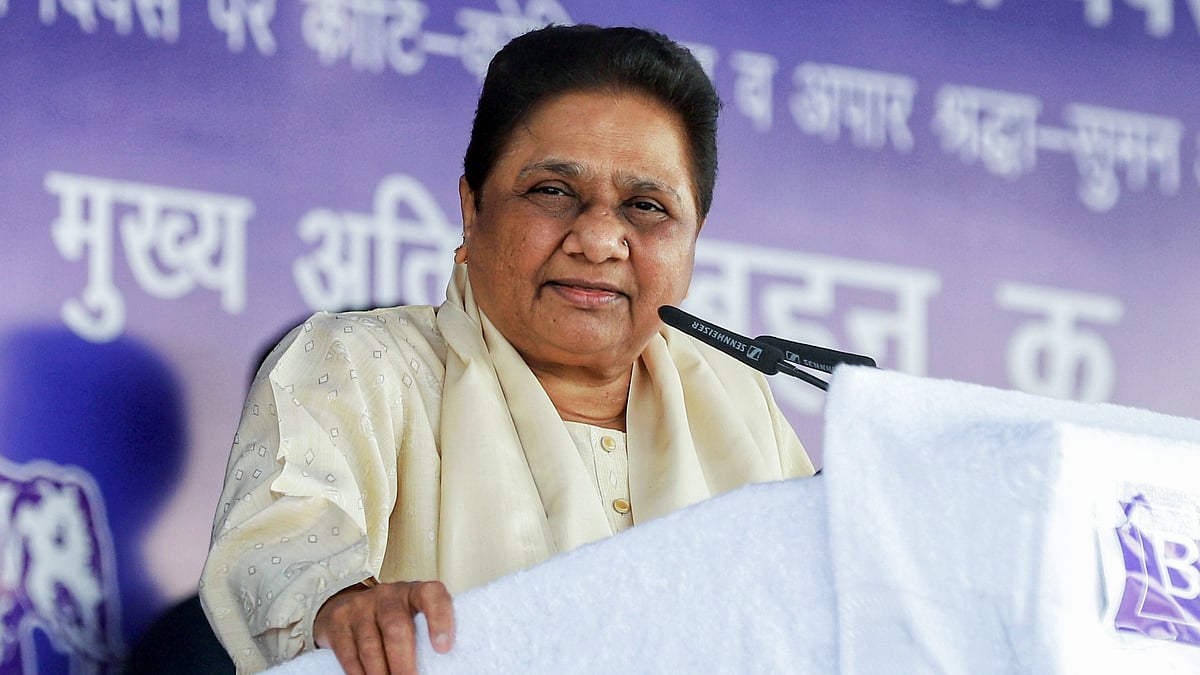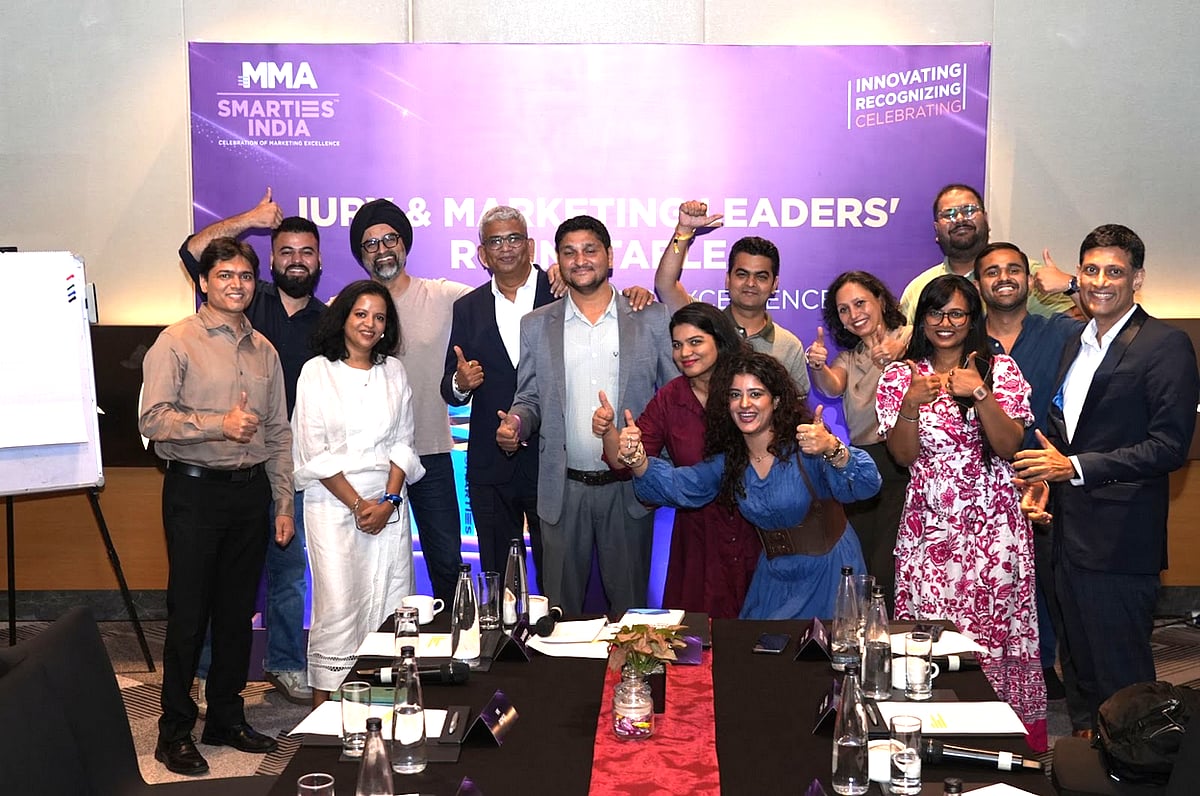Fitpass launched in 2015 with an office in South Delhi. “It was a premium locality. Gyms had a sense of who they were and who they operated for. Now, there is the posturing and then there is the business reality. The gap between the two is where we play. But to go to a business and tell them that there is a gap is not an easy conversation to have,” recalls Akshay Verma, Co-founder of Fitpass.
The first gym that the online fitness marketplace signed on was one in Kailash Colony in South Delhi.
“When you go to a gym the first person who meets you is a bouncer. The bouncer needs to first understand why you have come to the gym if not to work out. If the bouncer lets you in, then you meet the floor manager. Then comes the centre manager and finally the person who runs the business. Getting to that person by itself is a time-taking exercise. To navigate through so many different stakeholders is difficult because the same logic and rationale does not resonate with all parties. Initially, the biggest challenge was to convince the bouncers to let us in,” says the Co-founder.
Fitpass was launched by Akshay and his sister Arushi to make gym access economical and convenient. In doing so, it was natural that the fitness ecosystem would benefit with a larger consumer base. But for it to work, It had to make economic sense for all parties involved – the consumers, enablers like Fitpass and the gyms themselves.
Within two to three months of launch, Fitpass saw 19 other players enter the same space, claims Akshay. He calls them ‘copy cats’ and perhaps with good reason – some of them had even copied Fitpass’ terms and conditions, he recalls. Over the years, some well-funded outfits too came in to try and replicate the model, he contends.
“What everyone has learnt today is that it is not a capital game. It’s a patience game. We are talking about working with micro-entrepreneurs running businesses. We need to understand their pain points and how we can keep adding value continuously. It doesn’t matter how much capital you have raised – you cannot keep burning cash because then the unit economics will not work. We’ve built it slowly. Today no one has a network as large as ours. And we have zero attrition in our network. No matter how much money others have thrown at them, they haven’t left us. Money is not the only way to keep operators happy,” explains Akshay.
Today, Fitpass has a network of 7,500 gyms and fitness studios across over 40 cities. Akshay underlines that it is a business built on trust and interdependence – when a partner in the network does well, Fitpass does well and vice versa. At the core of it of course is the enrolling member, for whom it seems like a winning proposition. Today the brand’s site advertises memberships starting at Rs.999*. Arriving at this price point made a big difference, underlines Akshay.
The Rs.100 Workout
Fitpass started operations with 70 gyms and this number scaled to 1,000 in three months. In the same period, several players had mushroomed, as Akshay explained. What helped Fitpass was Akshay’s past experience in the fitness business.
When he was working in the private equity space in London, Fitness First, a global fitness chain, was among companies in the portfolio. The firm had financed its debt after which the company went bankrupt circa 2009-’10. The firm had to step in. This phase gave Akshay hands-on exposure to how the business operated, its margins and more.
“So when we decided to start this, maybe I had a better understanding of the dynamics than some of the people who wanted to do this after us. We were very focused on getting our unit economics right, from the very beginning,” he explains.
The pricing rationale was rooted in the consumer reality of the day: if Zomato and Swiggy deliver food at Rs.100, Uber and Ola can drop you at Rs.100, then your workout cannot cost you more than Rs.100.
“So if we price our products at Rs.1,000 and people do 10 workouts in a month, then it works – it works for the gym and it works for the end user. The go-to-market strategy that we adopted at launch was basis zero evidence. As the first player, we had to rely on anecdotes and figures provided by the gym operators themselves,” notes Akshay.
Fitpass did not get it right at launch. Some of the gyms were charging Rs.3,500 to Rs.4,000 a month and said they had members coming in everyday. To gauge the ideal number of times a member would visit the gym, Akshay and team pondered over the number of days one goes to work in the corporate world, speaking with friends. All sorts of leaves accounted for, if an employee goes to the place of work only for half the days in a month, why would they work out 30 days in a month? That was the question on their minds.

Akshay argues that nowhere in the world does anybody work out on all 30 days of the month. In markets like the USA it is 4.12 times a month, he says. The number comes across as unnaturally low but it is the reality across several markets, explains the Fitpass spokesperson.
Based on inputs from gyms, the pricing at launch in September 2015 was Rs.2,499 a month. It didn’t help the other brands that followed that they chose a similar pricing – but were paying out two to three times what Fitpass was offering its partners, claims Akshay.
Fitpass was testing the waters but was clear about the ‘Rs.100 per workout’ value proposition. There was no app at the time; Fitpass only had a website. By October, the brand realised that people were working out 8 to 10 times a month – at an effective price of Rs.250 a session (for 10 sessions). This resulted in renewal rates being low, explains Akshay.
“This was the same problem that the gyms and fitness centres faced. The renewals are poor because the pricing is wrong,” he emphasises.
In January 2016, Fitpass launched its mobile app and a proposition that said, ‘1000+ gyms @Rs.999 a month’. The competition exited the market and Fitpass continued to grow in scale, says Akshay.
The brand currently offers a five-workouts-a-month ‘Basic’ plan at Rs.999 (plus taxes). This is currently on offer at a discounted net price of under Rs.640. Until after Covid (2021), there was no cap on the number of times a member could work out on any of the plans. It still proved viable because the hypothesis was right – a majority of people don’t work out 30 days a month. Fitpass Premium is priced at Rs.1,599 plus taxes, without a cap on the number of days.
Investor Conversations
When Fitpass was launched, the founders did seek out investors, who said with so many players in the fray they would have to wait and see who survived. When several players shut shop, they said they were unsure if the sector will thrive, recounts Akshay.
“I come from that (investor) background but I realised that in India, many of these are guys who work on Excel and have no experience in running a business. There are only 19 funds and they talk to each other. We realised that either you run your business and not bank on capital, or be a part of their ecosystem and raise capital. We are not from IIT or IIM. So getting into that club was a little difficult. But we were sure of the business. Thanks to everyone’s blessings, we are still here, and we’re doing well,” he reflects.
While one had the first-mover advantage, the Co-founder muses that a lot of the time, it’s the first mover who gets shot first. He points to players who raised a lot of capital but opted for a model that involved operating assets. While more capital could mean better branding, Akshay underlines that better branding does not translate into expanding the market and bringing in more customers into the category. It also does not change the business dynamics in this space, he rues.
“Running an airline is a very difficult business. Selling tickets is fantastic business,” he quips.
Riding the B2B Boom
From 1,000 gyms in NCR, the network grew rapidly across cities, explains the Co-founder. But it was a process, since India lacks a large fitness chain operator; while there are chains like Gold’s Gym, most of its assets are franchisee-owned, he adds. This means that decisions like signing up with a membership programme like Fitpass are taken by the individuals running each property.
“It takes time to build the network but it also means that you have some arbitrage in negotiation that you can pass on to the end user,” he notes.
A model was in place with a 134-point checklist for a gym to qualify to be part of the Fitpass network. Word spread and requests came in from cities like Mumbai, Bengaluru and Ahmedabad. Fitpass forayed into smaller cities first. It discovered that people in Jaipur and Ahmedabad had a higher affinity and aspiration for fitness than ones in the larger metro of Delhi. Being smaller cities that are more densely populated meant that gym access was also easier. Forays into Mumbai and Bengaluru happened soon after. By 2017, Fitpass was in seven cities.
Akshay recounts, “Hyderabad went viral. Users helped us get gyms and each user brought in four or five more users. Even though our legacy was in Delhi, Hyderabad and Mumbai started doing really well. We were still not a brand – we had still not invested in building a brand – but we were growing rapidly. Towards the end of 2019, people had started talking about Covid as a concept and we started slowing down a bit. It was all good until March 2020, after which we saw 21 months of lockdown, or nothingness. Since November 2021, it has been 21 months of awesomeness.”
During the lockdown, the management pondered over who else was attracting the same customer Fitpass was wooing. Akshay discovered while scouring annual reports that financial institutions were spending a bomb to acquire customers for credit cards and the like.
“They were trying to acquire the 25-year-old first jobber kind of customer – the same customer that I want. They were luring them with benefits like lounge access, offers on Zomato, MakeMyTrip, free movie tickets and so on. Now, a movie ticket costs Rs.150. A gym membership costs way more. We pitched the concept and banks loved it. Standard Chartered was the first bank that we tied up with. With every salary account, the customer got access to the Fitpass network,” says Akshay. That B2B network has since expanded with many more partnerships.
Being invited to a budget consultation session with former Finance Minister Arun Jaitley offered the Fitpass Co-founders an opportunity to emphasise the need to make fitness accessible. In their quest to do more through government intervention, they approached nodal insurance authority, IRDA. The average age of the health insurance buyer, as published by IRDA, was 36 years, they pointed out. By virtue of higher claims from this segment, the premium increases every year. This leads to more 18 to 35-year-olds not entering the fold, they contended – making the case for acquiring younger customers. This would increase customer lifetime by 10 years and chances of their making claims was also lower, they argued.
“For a Rs.1,000 per year credit card this segment is offered incentives of Rs.10,000. And selling insurance has always been about fear. Where the consumer is being aspirational and thinking of moving from a two wheeler to a four wheeler, you are scaring them. You’ve been selling fear for 50 years and it’s not been working, we said. They understood these things, but it took us three years,” explains Akshay.
In September 2020, when it dawned on the world that the one thing that mattered in the Covid scenario was comorbidities (which were nothing but preventable lifestyle diseases), IRDA issued guidelines on wellness and preventive features. It said that health insurers may promote wellness amongst policyholders by offering services including redeemable vouchers for membership in yoga centres, gymnasiums, sports clubs and fitness centres.
“We are now part of almost every health insurance product in the country. That has given us tremendous scale now,” notes Akshay. What also helps players like Fitpass is a rule that allows only third party administrators to offer services (and not facility owners), in order to eliminate bias.
Another part of the B2B game has been corporate partnerships. Here too, Covid spotlighted the need for organisations to invest in people and in their health.
“Before Covid we had to go to people. After Covid, we didn’t have the people to answer the number of requests that came to us asking for our services,” says Akshay.
Wooing The Fitster
A Fitpass brand campaign is championing a breed called ‘Fitster’ – as against a ‘Fitness Freak’. The ‘Fitster’ will follow a fitness regime on his or her own terms. Akshay compares it to a foodie.Far from being gluttonous, a foodie possibly eats out once a week or once a fortnight, he offers. The thrust is on evangelising the ‘Fitster’ culture, shifting the mindset that “fitness equals Hrithik Roshan”. The brand’s ‘five days a month’ plan is a case in point. The intent is to get people started on their fitness journeys.
Fitpass was admittedly acquiring customers on the B2C end only organically pre-Covid. Six to seven months post reopening, it went out to woo end users.
“The mindset had changed. Today if you look at any ad on TV, whether it is for a tea or a condom or mutual funds, everyone is talking fitness. It was a good time to come out and say this is how you get fit,” explains the spokesperson.
“Today, B2C is big in absolute terms but it’s only 9 pc of our overall revenue. It was 4 pc last year. From January 2022, when it was 2 pc, we have doubled our B2C base every year. This has all happened in about 18 months. This is while our corporate revenue is also increasing,” he adds.
Small Town Surge
The Co-founder reminds us that the city count of the Fitpass network only reflects the locations where it has attained complete penetration. From 40 cities and towns at the end of 2023, the intent is to add 15 more to the network in the calendar year. Four of them are live already.
Besides the Fitpass offering that is physical membership, the group has virtual offerings Fitpass TV, AI-powered Fitcoach and Fitfeast (nutrition) in its fold. The offtake of Fitpass TV was a revelation, says Akshay. With its launch and boom during Covid, several factors became evident – that the hunger for fitness was as much if not more in small town India. He reasons that people in smaller towns also have more space to work out, and less access to other options. During Covid of course, no one had other options – that saw the surge of Fitcoach.
There is an evident sense of aspiration beyond the cities. But does small town India have the numbers to contribute as much as the larger cities, for Fitpass?
“Tier 1 represents 100 million people in a population of 1.4 bn. So the opportunity is outside tier 1. Today when Virat Kohli is opening gyms, he’s not opening them in Delhi and Mumbai; he’s opening them in Indore. They realise that the costs work, the numbers work. There are so many new IIMs which have come up and those ecosystems are developing. We have to wait for those ecosystems to fully develop,” responds Akshay.
Fitpass wants to be in 100 cities sometime in 2025. Meantime, the company has forged a partnership with Wexer, a global content provider with expertise in delivering virtual fitness experiences. The tie up targets tier 3 and 4 cities and gives Fitpass TV viewers access to over 4,000 global studios.
Cracking Consumer Behaviour
One Fitpass enthusiast went beyond being a Fitster. He entered record books by working out at 400 different gyms of the network in one year and is now a fitness influencer. But by and large, the frequency of people visiting gyms has not changed, underlines Akshay.
“Fitness is still nascent in the country. People are exploring what hours work for them, what exercises work for them. At 7 to 8 times a month, Indians are already working out at double the global average,” he explains.
Fitpass has evolved a formula for new members trying out its gyms and fitness centres. It encourages them to adopt a 6-7-8 formula: six days of working out in the first month, seven in the second and eight in the third. This ensures that a member has started working out regularly and it fits his or her schedule. After those 21 workouts one also starts seeing the change in the person’s appearance, we are told.
“These are the users who keep renewing. The magic number is to get them to 21 workouts,” notes Akshay.
The brand’s website welcomes people to ‘The 45 lakh club’ while Fitfeast claims to have more than 10 lakh members. While group workouts see more women members, gyms see a higher ratio of men. The B2B and insurance play ends up adding more men but the overall ratio is more or less equal, says Akshay. The virtual programmes have more women members while fitness centres and gyms see more men members on Fitpass. Everything included, he estimates a 55::45 in favour of men.
The Fitpass network offers members options from dance, zumba, kickboxing, yoga, crossfit and more. The company even looked at acquiring a player in the sports app space (like Playo), reveals Akshay.
“Sport is definitely something that people are deeply connected to. We even looked at acquiring a company. The problem is, it is not something we can offer in all 45 cities or in all 100 cities. It is restricted by infrastructure and the ability to find a companion (to play with). For us utilisation is very high because it is about individual gratification,” he explains.
Level Up
The brand that did not succeed in a fund raise at launch has seen a few investors back it over the years including the Mumbai Angels Network. While unit economics were positive from day one, with scale came profit – last year.
“Today, we have a lot of reserves. We turned profitable last year and remain profitable. We are spending more than a crore every month just on performance marketing. We have 52 pc of the market share today (downloads, monthly active users, daily active users). We’re smaller as a brand than some but we’re bigger on share than everyone else combined. We’re still not a household name. We have been around and people would know us, but they may not fully know all our services. We’re going to solve that by investing heavily in building the brand. Yes, we will be looking at a (fund) raise, but we don’t know when – maybe around June, not before that,” explains Akshay.
Right now, the focus is on building the team. There are more coffees happening with talent than with investors. This is the time to hire rather than to dilute equity, underlines Akshay, pointing to the realities of the job and investment markets. A second layer of professionals is being put in place by the founders.
Asked about the entry price point for Fitpass which still starts at Rs.999, Akshay responds, “I think it should be even lower. If we get a little more scale, I would like to offer, say, Rs.499 for housewives and students, separate the peak and non-peak hours. There is so much we can do. No one in this country should say that they do not work out because it’s expensive. In any case, if people are doing seven workouts, it should be Rs.700, right?”
If Fitpass manages the Rs.499 number, it will be upping the game to the next level.












